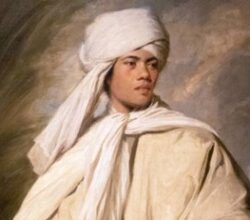
Brice Marden’s Infinitesimal Hinge
Jerry Saltz | Vulture | 11th August 2023
Marden started out in the 1960’s when some thought painting was finished. His first works, “subtle and beautiful” blocks of colour, instead vehemently declared “the immense possibilities in this contained surface”. A later encounter with calligraphy inspired him to add rather poetic veins of squiggley, lines. These elements brought huge acclaim and the status of a “flame keeper” for painting. Marden responded that he used painting “as a sounding board for the spirit”.












